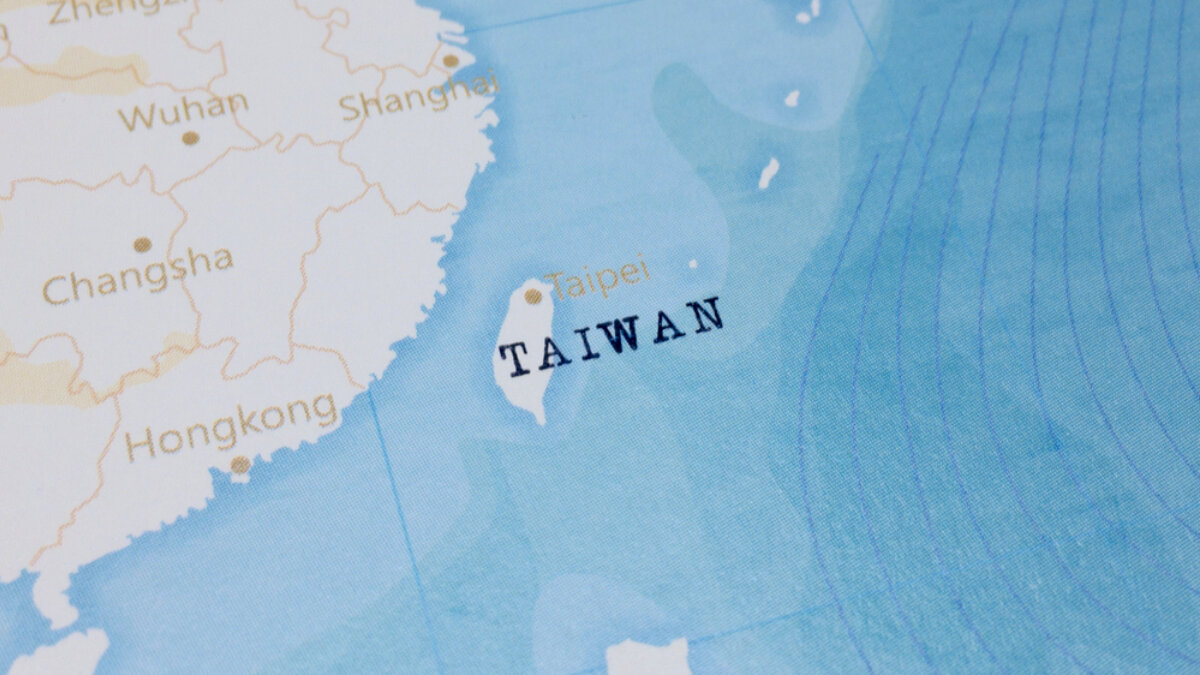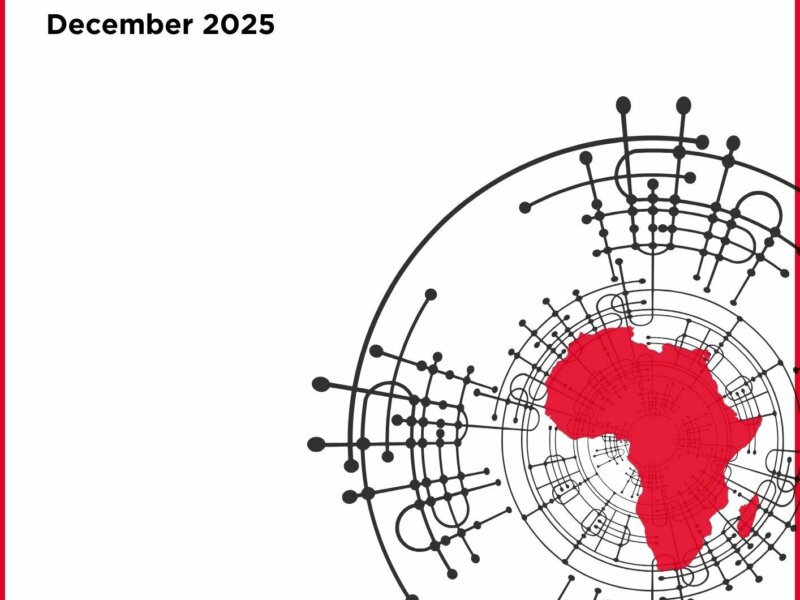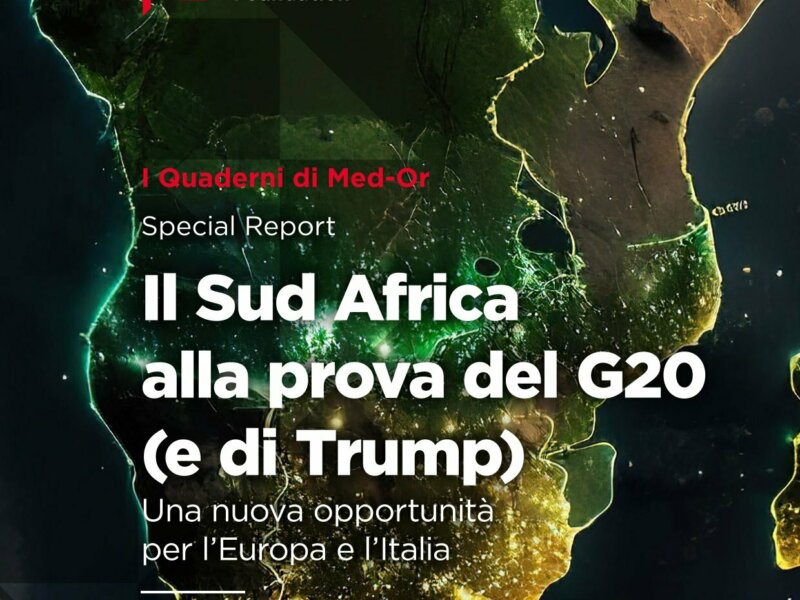The earthquake in Taiwan and the risks for the global supply chains
The recent earthquake that hit Taiwan has confirmed how the fragility of the global supply chains could pose economical and security risks

On April 2nd, Taiwan was hit by a violent earthquake of magnitude 7.4, which caused around 1100 injuries and 13 deaths, as well as causing extensive damage to numerous buildings. However, the rigorous anti-seismic measures made it possible to significantly reduce the damage to facilities and people. To make a comparison, the magnitude of the earthquake was approximately 30 times more powerful than the one that hit L’Aquila in 2009. In that occasion, however, the death toll was 309.
The island is not new to earthquakes of this magnitude, like the rest of the Pacific area in which it is located, that is affected by the clash between the Eurasian and Philippians tectonic plates. In fact, even in recent times, there have been numerous earthquakes that have hit Taiwan with a magnitude greater than 7 points, as notably the 1920 catastrophic earthquake that exceeded 8 points. Taiwan, like Japan, also experiences these kinds of natural threats. The earthquake, in addition to having caused extensive damage to the buildings present on the island, also hit the manufactural sector of the semiconductor industry, which consequently had to temporarily pause production.
It is precisely the hi-tech sector that over the last few years has made Taiwan one of the most important producing countries on the international level. In fact, the authorities promptly wanted to clarify that normal production levels would be re-established shortly. Nonetheless a serious event like that of April 2nd highlights how relevant and current are the risks deriving from the impact of similar disasters, or unexpected events, for many strategic sectors of the world economy, such as the semiconductor sector. These dangers burden the critical supply chains, whose fragility was further highlighted on this occasion too.
To better comprehend the issue’s relevancy, specifically in the hi-tech sector Taiwan satisfies 26% of the world’s semiconductor demand. The remaining market shares are divided between South Korea (21%), Japan (19%), China (15%), the United States (12%), and Europe (9%). The number increases to 92% if we consider only the latest generation microchips, of which 65% are sold in the United States.
However, the data provided by the Taiwanese Ministry of Economic Affairs also confirm the close link of mutual dependence concerning the economy of the People’s Republic of China (PRC). Washington and Beijing, in fact, cumulatively represent around 43% of the island’s total imports and exports.
In the short term, the disruption of semiconductor and microchip production caused by the earthquake does not appear severe enough to have serious economic repercussions on the major buyers and related sectors, such as defense, telephony, electronics, and healthcare. But given the relevance of this kind of production, in the context of the digital revolution and new technologies, a long-lasting crisis in their production could cause very serious damage to the stability and security of global supply chains. These are considerably exposed to the risk of slowdowns and interruptions, given the structural characteristics of the global economy. In fact, the criticality and fragility of the system, compared to the period before 2020, have emerged increasingly clearly since the outbreak of the Covid-19 pandemic. This was the event that caused the most extensive damage, significantly compromising the stability of the system, to the point that the index that monitors the pressure on the supply chains – the Global Supply Chain Pressure Index (GSCPI) – grew exponentially following the first containment measures decided in the winter of 2020.
After the crisis that exploded with the pandemic, which had a somewhat historic impact on the global economic system, other unexpected events and new conflicts have further complicated the picture. In 2021 the blockage of the Ever Given container ship in the Suez Canal had demonstrated how an accident arising also from natural causes could compromise one of the main logistical arteries of the planet, through which passes annually 12% of world trade and 30% of total container ships. A year later, with the large-scale invasion of Ukraine by the Russian Federation, we then witnessed the interruption of supplies of basic goods such as grain, with serious repercussions for the food security of importing countries, that lacked immediate alternative solutions, strategies, or resources to diversify their national supplies. Over the years, these major global events have been joined by natural disasters and calamities such as earthquakes or floods, which have affected individual countries or regions. Consequently, in recent times have become increasingly frequent the rising of unforeseen circumstances deriving from weather-related disasters, that hang like a sword of Damocles over the security of infrastructure and logistics in many parts of the globe. Recently, the increasing tensions in East Africa, the worsening of the phenomenon of piracy in the Gulf of Aden, and above all the terrorist attacks in the Red Sea by the Yemeni Houthi group, have caused large economic losses to shipping companies and stakeholders whose goods transit through the Bab-el-Mandeb Strait.
The direct and indirect economic repercussions of these events have been very significant, with an inflationary spiral that has affected the West, the emerging economies and the Global South. In the current international context, where both anthropogenic and natural threats can cause serious damage to the world trade, it appears even more important to pay attention to the critical supply chains. These particular category of supply chains concern the trade of goods with high strategic value, whose interruption or slowdown could cause negative consequences on the national security of countries, as in the case of semiconductors from Taiwan.
Although the Indo-Pacific theater is currently free from ongoing conflicts or terrorist phenomena capable of causing damage or threatening maritime traffic, the relations between Taipei and Beijing continue to represent an element of potential instability for the entire region. Recent years have seen an increase in incursions by the People’s Republic of China into Taiwan’s air and maritime defense identification zones. In a recent hearing before the United States Congress, the commander of the Indo-Pacific Command, John Aquilino, declared that by 2027 Beijing could achieve the military capabilities necessary to invade the island. Although the PRC has repeatedly stated that it wants to “unify the province of Taiwan” in a peaceful manner, the region is unequivocally witnessing a proliferation of political, diplomatic, and military initiatives that aim to strengthen the strategic projection of the United States and its allies in the region, also to contain any action of Chinese influence. Examples of that are the AUKUS, the QUAD, and the bilateral agreements signed by the countries of South-East Asia, concerned by China’s growing role and activities in the region.
Several analysts have raised the possibility that the growing tensions in the area and the competition that sees the United States and its allies on one side, and China, Russia, and North Korea on the other, could even lead to a possible military escalation which would probably see Taiwan as both the epicenter of the crisis and the most relevant casus belli.
Given the growing trade relations and the importance that production from some of these countries has in the framework of new technologies and in many economic sectors in the Old Continent, it is clear that the Indo-Pacific represents an area of high strategic value for Europe. In particular, the supply chains coming from Asia – and especially from Taiwan – encounter some vulnerabilities that can cause damage to the security of the European hi-tech sector, and in general to the production system in many further traditional areas (such as the automotive sector). To ensure the overcoming of these critical issues, one option could be to diversify supplies or create alternative supply chains and trade routes, to reduce excessive dependence on a single country or a single maritime or terrestrial route. Growing tensions, new conflicts, and dangers deriving from terrorist and criminal groups now represent a serious threat to many traditional routes. But precisely in the current international scenario, where high technology is increasingly the heart of civil and military activities and the semiconductor sector constitutes one of the main assets that must be carefully monitored, guaranteeing the security of critical supply chains in these and in all industrial sectors involved, it is now a necessity for all European economies. This issue is a clear example of how geopolitics, security and economics intertwine with each other more and more closely, and how the different forms of the interdependence of the global economy, consolidated in the period of maximum expansion of globalization, are today often put at risk precisely by the occurrence of exceptional and often unpredictable events. These incidents can have potentially serious repercussions, also in the population’s daily lives, even when are situated at a great distance from where conflicts or disastrous events have occurred.



